The Old Meets the New: Living like a Monk, a Temple Stay Guide
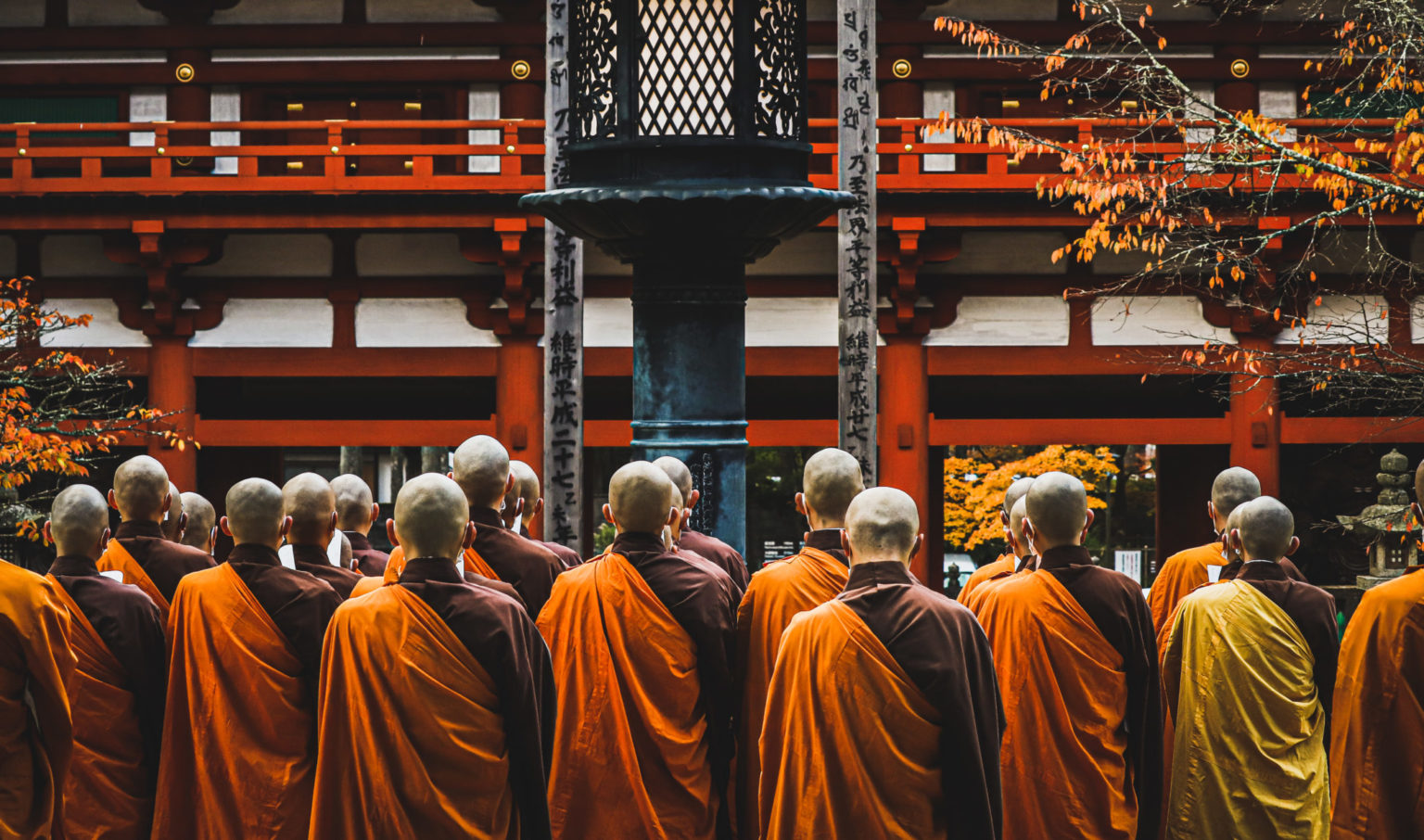
Buddhist practices, such as mindfulness and mindful eating, are spreading more and more as a part of changes in one’s lifestyle in western countries. There are many Buddhists in Asia, as well as many curious people outside of Japan who say that Japanese people appear to be Atheists. However, many Japanese are just simply not religious even though they were born to Shinto rites, married with Shinto or Christian rites, and buried with Buddhist rites. They habitually go to shrines and temples to pray to gods and Buddha during New Year’s and during other traditional religious events. Regardless, many Japanese people never think about what they believe in and what they belong to and what they are specifically practicing. The parents usually don’t teach or even talk about their religion even when they take their kids to shrines and temples. It is not surprising if some Japanese say “I’m Shinto and Buddhist”. These two religions harmoniously coexist and even complement each other to a certain degree in Japan. And during the Edo period (1603–1867), the religions were syncretic.
Well-known Buddhist scholar Daisetsu Suzuki (1870–1966) is a constructive interpreter of Zen Buddhism thought to the West. He argued that religion was so infused into Japanese culture that simply being born Japanese and taking part in the ceremonies, they become part of the religion.
About Shinto…
Shinto is Japan’s native belief system and predates historical records, which literally translates as “the way of the gods”. Shrines are the places of worship for this concept. Expressions of Shinto beliefs toward nature include the recognition of divine spirits in trees that are more than 100 years old, large mountains, and tall waterfalls, as well as celebrations of the highlights of each season. Since Shinto is more about rituals than faith, Japanese people do not generally consider Shinto as a religion and more that it is simply an aspect of Japanese life.
Be Appreciative, be Grateful, be Mindful – Temple Lodging (Shukubo)
Shukubo literally means ‘sleeping with the monks’ which is an accommodation within a Buddhist temple. Most temples offer morning meditation sessions for their guests which is the act of remaining in a silent and calm state for a period of time. The process develops your awareness of the present moment. An approximate time is 40 to 60 minutes. Another popular shukubo experience is Shakyo(写経), which is copying the sutras. By carefully transcribing each Kanji letter, people believe that each letter cleanses your mind and is mindful. This is the perfect way to slow down, adjust our breathing, then recharge our mind and body. An approximate time spent is 30 minutes. Some of Shukubo offers you the experience of Shabutsu(写仏), which is tracing the image of Buddha. It began as a way to spread the Buddha’s teachings to the masses as an alternative to the more complex sutras. This training helps us to meditate, get rid of our anxieties, and obtain enlightenment in Buddhist teaching. You will feel calmer and have a sense of accomplishment. An approximate time is 15 to 30 minutes.
About the Japanese Buddhist Cuisine
In Buddhism, eating is also an important part of the practice. The Buddhist dish is called Shojin-ryori (精進料理), sometimes westerners call it “devotion cuisine” which is prepared based on the principles of Buddhism.The dish is usually vegetarian and plant-based. The traditional cuisine features rice, miso soup, and a variety of seasonal vegetables and tofu side dishes. But some temples do serve fish or meat.
Some shukubo only accept guests with a minimum of two people, but there is an enormous variety of places for solo travelers as well. You can experience ascetic practices ranging from a luxury hotel-like stay to a frugal & minimalist stay, or a casual Zen experience to a serious monk’s practices. It depends upon your mood and needs.
If you travel alone, you don’t have to feel guilty at all about traveling alone. Many Japanese travelers, especially women, go to shukubo alone, and many say that they enjoy the experience more when they go alone. Encourage yourself to begin that journey.
Practices to Align with Your Body, Mind & Soul – Sojiji soin, Ishikawa Prefecture

As far back as 700 years, this Buddhist temple was founded by Zen master Keizan Jokin (1268-1325). He was a great master and Zen leader of the Soto-sect of Zen Buddhism. Sōtō (曹洞) is one of thirteen academic Buddhist sects. It is believed Keizan was actively appointing women as priests and probably paving the way for the establishment of a monastic order for women in Sōtō.
At the temple inn, flourishing the Zen spirit, you’ll find the daily routine of teachings as well as the training of monks. There are unique Zen courses available for guests, if you like to experience authentic Zen training. You can join morning prayers or sit in on a formal meditation called Zazen which begins at 4 AM for an hour. You can also alternatively practice Haishuku, a more casual meditation which generally follows Zazen. All guests at 5 AM participate to read Buddhist scriptures in front of the Buddha statues. In this particular place, one of the monks happens be German, and thus you can have your questions answered in both German and English by E-mail.
ADDRESS: Monzen 1-18, Monzen-machi, Wajima-shi, Ishikawa
All bookings should be made in advance via Email
Fee ¥¥
Zen Luxury Suite, A Two Michelin Star Temple Lodging – Hakujukan Inn at Eiheiji Temple, Fukui Prefecture
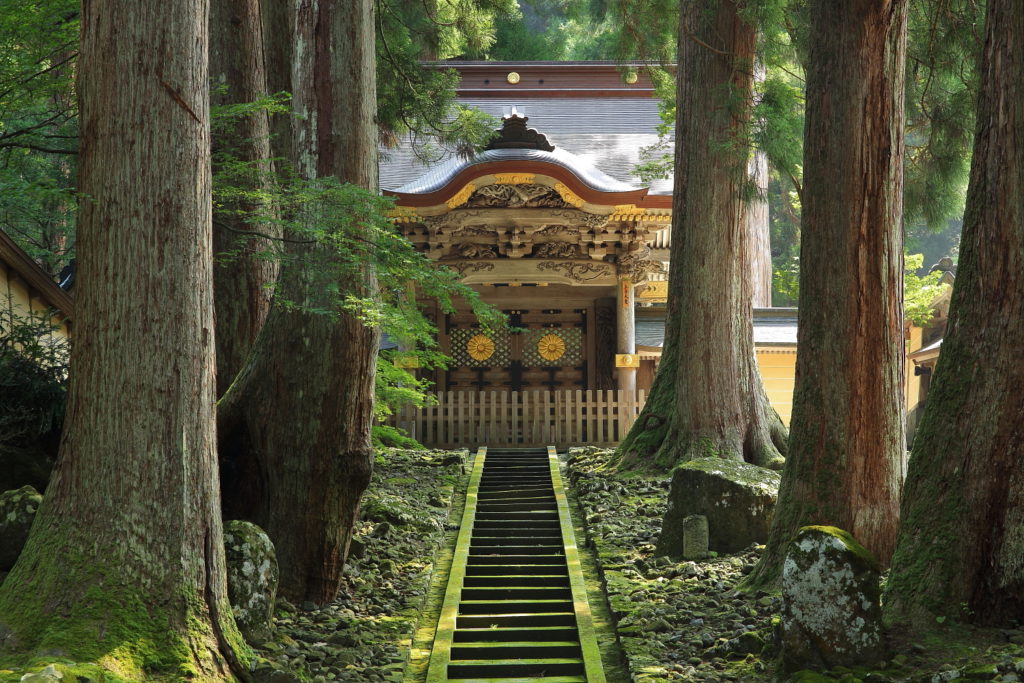
Eiheiji Temple was founded over 770 years ago by Zen master Dogen (1200 – 1253). He introduced Zen to Japan in the form of the Sōtō school. The ascetic training at Eiheiji is known to be very strict. The atmosphere on the temple grounds is filled with dignity and clarity. However, in a complete reversal, the temple also offers hotel-like facilities and services to tourists.
There are “Zen concierges” at the inn who are trained under the temple’s supervision. They guide you with meditation and teach you how to copy the sutras. Upon request at the time of check-in, you can join a tour early in the morning at the main hall in the temple to experience the sublime chanting of dozens of ascetic monks. The dinner consists of an upscale monk’s meal which is prepared by highly trained chefs under the guidance of the master of the temple. Dishes are made from seasonal & local ingredients including crab, blowfish, and flounder, premium beef, and fresh vegetables.
ADDRESS: Shihi 6-1,Eiheiji-cho,Yoshida-gun,Fukui
Online reservations are available
Fee ¥¥¥
Experience Eating the Monk Food the Zen Way – Zenkouji Fuchinobo, Nagano Prefecture

At Fuchinobo Inn’s Shojin Ryori is a simple minimalist meal which is associated with austerity. The food will cultivate your mind-body-soul balance. The authentic devotion cuisine is all vegetarian with a total of more than 14 dishes, using seasonal vegetables and wild edible plants which are harvested locally. The dinner begins with an aperitif of non-alcoholic wine. Breakfast and dinner are served in your private tatami floor room. It is the perfect place for those who want to do Mindful Eating.
In the Edo period, Zenkoji Temple was considered to be a once-in-a-lifetime visit. It is still one of the national treasures of Japan today. The tranquil majesty and traditional charm will momentarily make you feel as if you have traveled back in time. Fuchinobo Inn was built in 1985, which is located just outside the main gate to Zenkoji Temple, within walking distance to many shops and restaurants. There is an early morning meditation service at the temple with an English-speaking guide.
ADDRESS: 462 Nagano Motoyoshicho, Nagano 380-0851 Nagano
Reservation via Email
Fee ¥¥
Completely Private, the Zen Exclusive Stay – Mii-dera, Shiga Prefecture

Mii-dera was originally named Onjoji and was founded in 672 during the Nara Period (710–784). About two hundred years later, the temple was named Mii-dera meaning “Temple of Three Wells” by the priest Enchin (814-891). The temple grew in power as one of the “Four Great Temples of Japan” under the abbotship of Enchin. The others being nearby Enryakuji, along with Todaiji and Kofukuji in Nara. These temples were considered the protectors and spiritual guardians of the nation.
Nestled in the premises of Mitsuiji Temple, was once a monk’s quarters named Myogonin which has been reborn as a lodging house called WAQOO Mii-dera. The accommodation provides a fascinating insight into the careful balance of new and old, perfected by the over 400 years of rich history. In addition, you can choose to have total privacy by renting out the entire lodge for yourself! This means the unique Zen garden landscape, representing the four seasons with everything from cherry blossoms to snow, is yours to enjoy by yourself!
ADDRESS: 246 Miidera Temple (located behind the temple), Sonjoji, Otsu, Shiga
Online reservations are available
Fee ¥¥
Talk to a Monk, Witnessing a Life Out of the Ordinary – ZEN & BED BOGETSUAN, Yamanashi Prefecture

This traditional accommodation is next to the Erinji Temple. The full package counseling by former English teacher monk, includes Zazen meditation, tea ceremony, and a miniature kit to create a Japanese zen garden named Karesansui landscape. The experience of creating a miniature Karesansui with sand and rocks is very unique, which is just as in Zazen, you can mindlessly create and face yourself. A vegetarian shojin cuisine is also included the package. Perfect for everyone who wants to experience all aspects of Zen. Minimalist tatami & futon accommodation with private rooms but shared bathroom.
In the neighborhood, there are hot springs, vineyards & wineries, and a trekking route called Daibosatsu Pass from which you can see Mount Fuji as the symbol of Japan. Enjoy a peaceful meditation retreat.
ADDRESS: 2295, Shioyama Hutshiki, Koshu-shi, Yamanashi
Online reservations are available
Fee ¥¥¥
Improve Your Quality of Life, One Group Per Day -Temple Hotel Kannon-in, Gunma Prefecture
Kannon-in is a Buddhist temple of the Shingon sect which is opening in 1644. Stay in luxury via minimalist design lodgings with a history dating back more than 350 years. Start your day early, chanting sutras at 6 am before a relaxed day of contemplation, meditation, and Buddhist immersion. This serene experience provides you the opportunity to learn calligraphy under a skilled teacher’s instruction (only available in Japanese) and learn about etiquette in a tranquil temple.
The guest rooms and the garden are designed with the atmosphere of traditional characteristics of Japanese architecture. The spaces are loosely partitioned by fittings such as shoji and fusuma doors, allowing light and breeze to flow in, making it a comfortable place to spend time. There is an open-air bath in the inn, which has a view of a traditional Japanese rock garden, that shows different expressions in each season. The additional activities are available for a fee, such as meditation, shakyo, shabutsu, and experience yoga in the temple.
ADDRESS: 2-13-18, Higashi, Kiryu-shi, Gunma
Online reservations are available
Fee ¥¥¥
Shinto Worship and Ritual Experience
Shinto Ritual Experience Easily Accessible from Central Tokyo – Mitake sanso, Tokyo
It takes two hours by train from Tokyo Station to get to Mitake Sanso, a historic lodging house that has been around since the Edo period. Located on the top of Mt. Mitake, you can enjoy hiking and bird-watching here. There are many other lodgings in the vicinity, but Mitake Sanso is the only one located on the shrine grounds. If you are serious about enjoying a spiritual journey, this is the place for you.
Every morning from 7:00 a.m., a Shinto ritual, Nikku-sai, is held at the Ontake Shrine offering food and prayers for worldwide peace and prosperity. The ceremony conducted in the brilliant early morning air is a unique experience as well as lodging at an actual shrine.
For meals, the owner of the villa carefully selects ingredients by going out himself to gather wild vegetables and fish, while appreciating the blessings of the mountains. The local special dish, house-made Sashimi Konnyaku, which is yam cake in Japanese, is famous for its fluffy texture and refreshing taste. Your soul will be purified by eating the natural blessings cultivated from the pure waters and clean air of the mountains.
As it is located on a mountain, we would advise you not to travel here with heavy suitcases. If you have suitcase we recommend using luggage storage at Tokyo station. Generally, the coin lockers allow you to store your luggage for up to three to four days.
ADDRESS: 23 Mitakesan, Ome 198-0175 Tokyo
Online reservations are available
Fee ¥¥
The ‘power spot’ Mysterious and Beautiful Scenery – Takayama Inari Shrine, Aomori Prefecture

Many Japanese believe this shrine is a strong power spot, which is an area where people pray for good luck; can take in the energy of the Earth and experience healing; and rejuvenate a tired body and soul. That’s the Japanese way to recharge one’s mind. It is believed that this shrine was established in the late 17th century. The highlight here is the rows of torii gates, named Senbon Torii, which belong to the shrine grounds.
This Shrine offers a wide range of divine blessings, as it enshrines the gods of good harvest, maritime safety, and prosperous business. The benefits of this shrine are diverse, including agriculture, commerce, industry, fishery, home safety, disease healing, and so on. Further beyond, there are countless foxes statues, which are identified with the messenger of the Shinto god. They symbolize both benevolence and malevolence.
ADDRESS: 147-2 Washinosawa Ushigata-cho,Tsugaru, Aomori
Reservations via email or phone
Fee ¥¥
One monk explains, “Temples used to be a part of everyone’s life. Children used to play freely on the temple grounds, and adults used to visit the monk for advice if they had any problems. I wanted to lower the barrier to the temple, which had somehow became too high. I allow everyone to become closer to the temple. With that in mind, I started the lodging house.” Zen Buddhism is achieving enlightenment by seeing one’s original mind directly — without the intervention of the intellect. In Shintoism, “Wisdom via experience,” means that answers can only be obtained through one’s journey, not through the written word or providence.

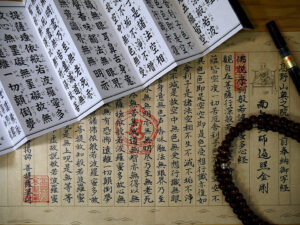
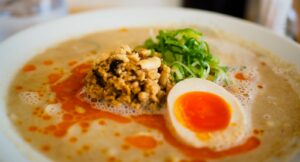
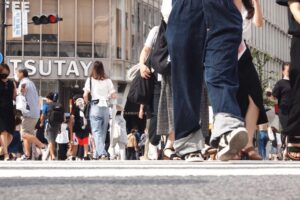


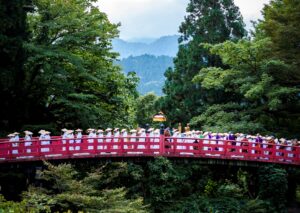
 Instagram
Instagram